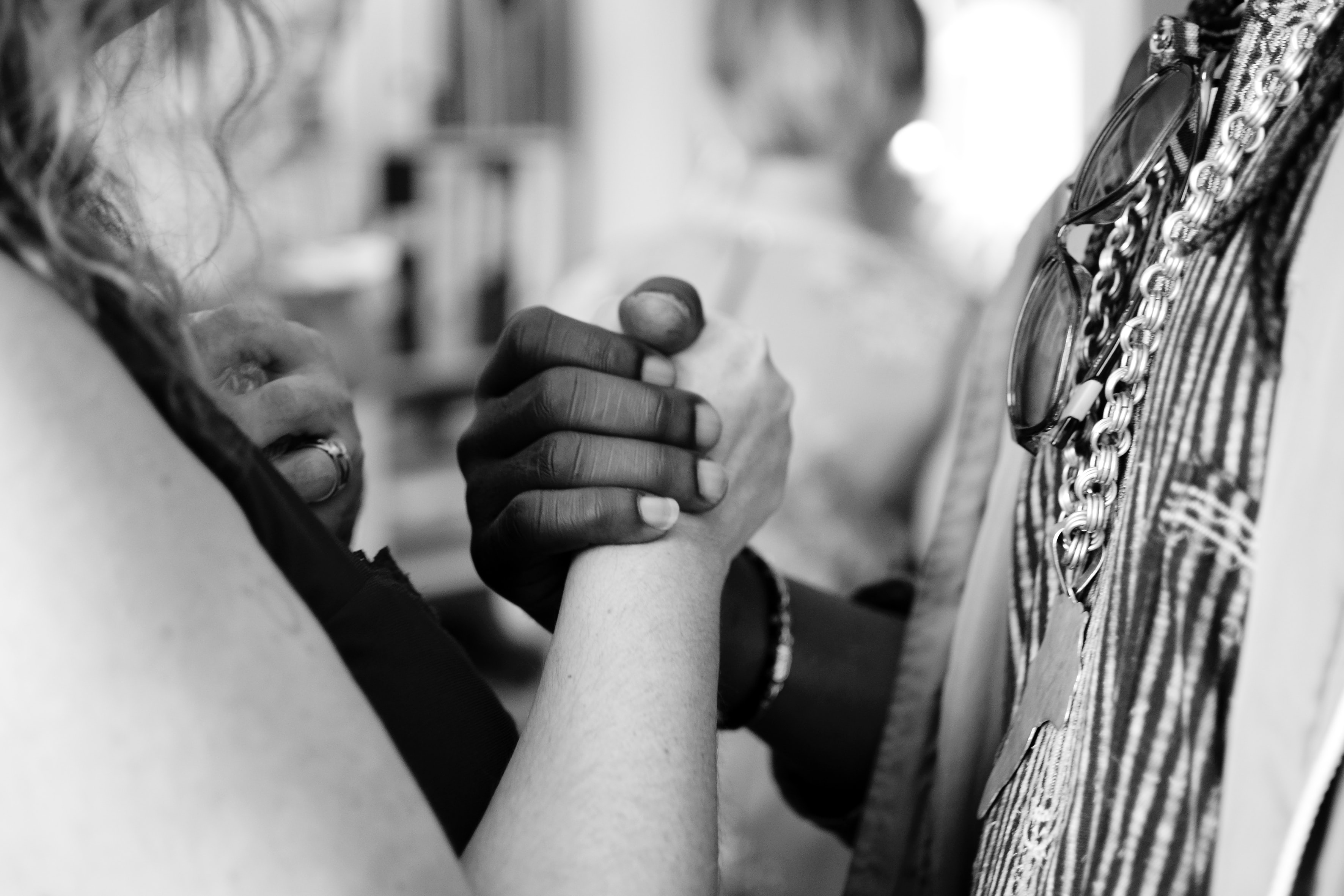Welcome to SUSTAINABLE BUSINESS CONSULTING

After Black Lives Matter campaign, hundreds of companies blanketed social media with statements denouncing discrimination and professing their commitment to racial justice.
If you are having trouble understanding the importance of diversity and inclusion (D&I) in the workplace, you aren’t alone. Despite growing research that speaks on the benefits of D&I environments, many organizations are still having difficulty navigating this sensitive subject.
Some companies struggle to understand what D&I is or its potential value.
Others understand the subject but haven’t yet implemented or updated relevant policies.
Organizations around the world are actively partaking in tough conversations around racism, and its impact in the workplace. This has prompted many businesses to commit to actionable steps toward making their workplace—and society as a whole—more equitable.
Many are recognizing that there are not only tangible business benefits but that an increasing number of employees, particularly younger generations, seek out D&I programs before finalizing job decisions.
But are organizations really making a difference? Or are they simply just trying to score PR points?
The word diversity refers to the traits and characteristics that make people unique. Workplace inclusion refers to an environment “where every single employee is fully respected and valued for the contributions they bring to the organization, regardless of their individual differences“
So when we discuss the topic of diversity and inclusion in the workplace, we mean that all individuals have equal opportunities, regardless of their ethnicity, political beliefs, country of origin, sexual orientation, race, ability, gender, age, location, or even personal interests.
It’s not just about opportunities for employment, but about people feeling safe to be who they are; and that their different experiences, values, and perspectives are appreciated, rather than perceived as something that might get in the way.
Sometimes, despite the best intentions, our quest for D&I backfires.
We assume that because we hired one person from a marginalized group, our work must be done.
When you make an effort to hire for diversity, you put your company in a good position to think in culturally diverse ways. But for diverse viewpoints to really stick, you must account for inclusivity.
We all have unconscious biases that cause us to view people in certain ways. Job descriptions, for example, are often biased towards certain genders, ages, abilities, and cultural and socio-economic backgrounds. You can review your job posting , but you’ll always be limited by your own perspective.
Your website may also be sending out an unintended message. If you preach diversity but all your website photos feature males aged 30 to 50, the image your company is putting out is not consistent with your stated values.
It’s logical, and profitable to have various perspectives at the table. But hiring someone from a marginalized group just to check that box is not the solution, and in most cases will only lead to frustration.
Creating a diverse and inclusive workplace won’t happen overnight. But that doesn’t mean you can’t start taking immediate action. Here are a few things you can do to get the ball rolling in your quest for an authentically diverse and inclusive workplace:
Most often employees quit jobs when they feel that their authentic self and uniqueness is not appreciated or valued. As such, it is vital to create an environment where they feel a sense of connectedness to the company and its people.
Employees need to feel free to express themselves based on their unique perspectives. Companies must make sure employees feel included and respected regardless of their age, gender, race, religion, sexual orientation, physical conditions, cultural background or country of origin.
Take a look around your workplace. Do you compensate employees equitably? Is your workplace designed to accommodate specific employee needs? Do employees feel comfortable being themselves in their workplace? How are your unconscious biases impacting the way you evaluate a potential employee or the way you look at their work?
Your values should govern everything your workplace does—from recruiting to managing people, to interacting with customers. When you incorporate values like diversity and inclusion, employees have a compass to follow as well as a shared purpose of how to operate
Creating resource groups that can help open silos in the workplace creating a community of practise among various categories (women, people with disabilities etc)in the workplace to promote inclusiveness
Different people from different backgrounds and generations sometimes have vastly different perspectives on all sorts of issues, from what they choose to wear to work, to how they compose an email, to the kind of feedback they give on employee reviews, to what kinds of ideas they pitch in meetings. So it’s not just important for an individual employee or even a small team or department to understand thinking patterns; it’s also important that they know and understand how other people at the company think.
It’s tempting to use corporate social media or your website to make broad general claims about diversity or anti-racism and assume you’ve done your part. Unfortunately, without a substantive action plan in place, many may perceive this rhetoric as empty corporate social responsibility propaganda. Take the time now to invest in real transformational change and let your audience know that you are willing to walk the talk.
Contact Form